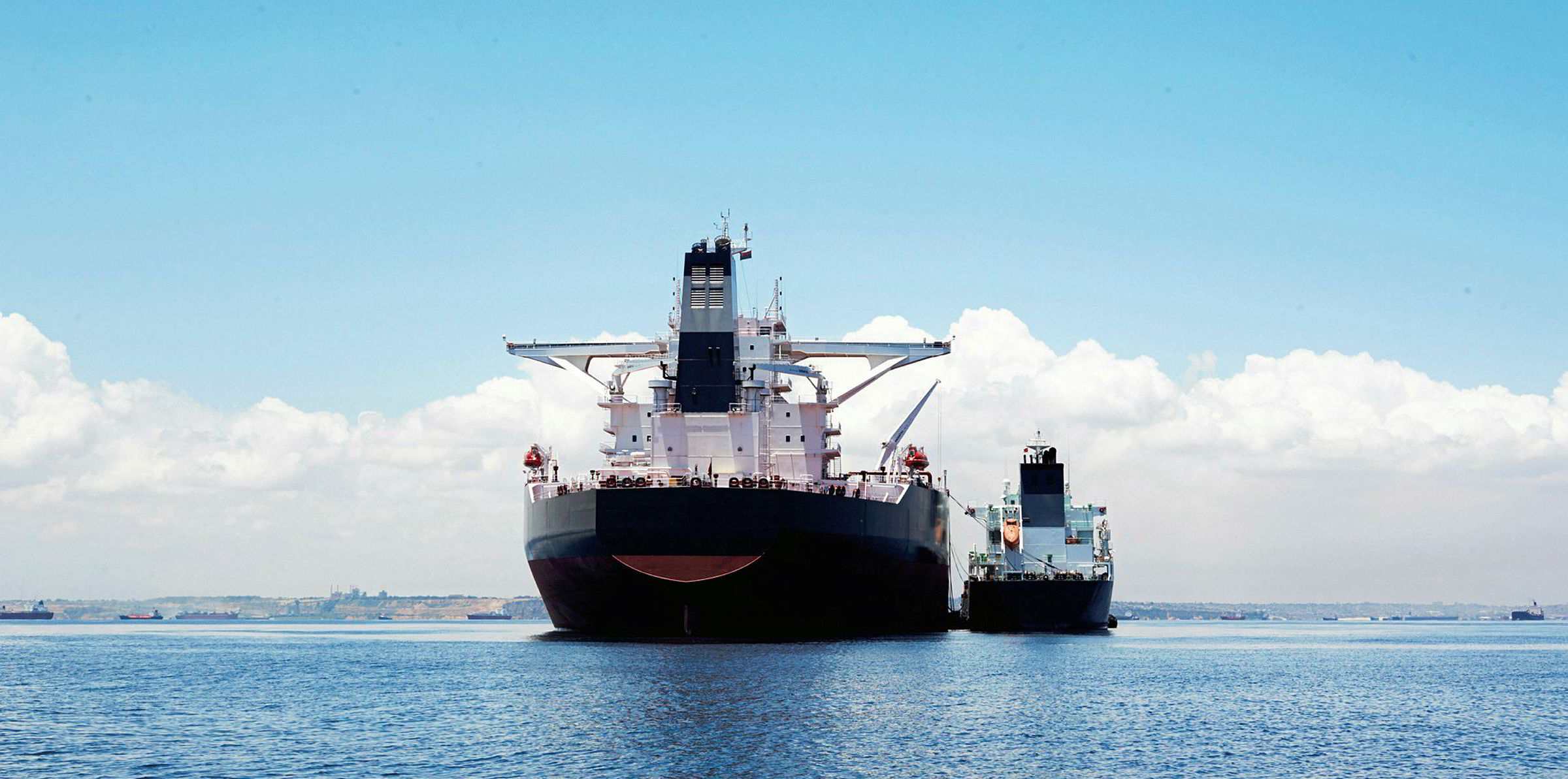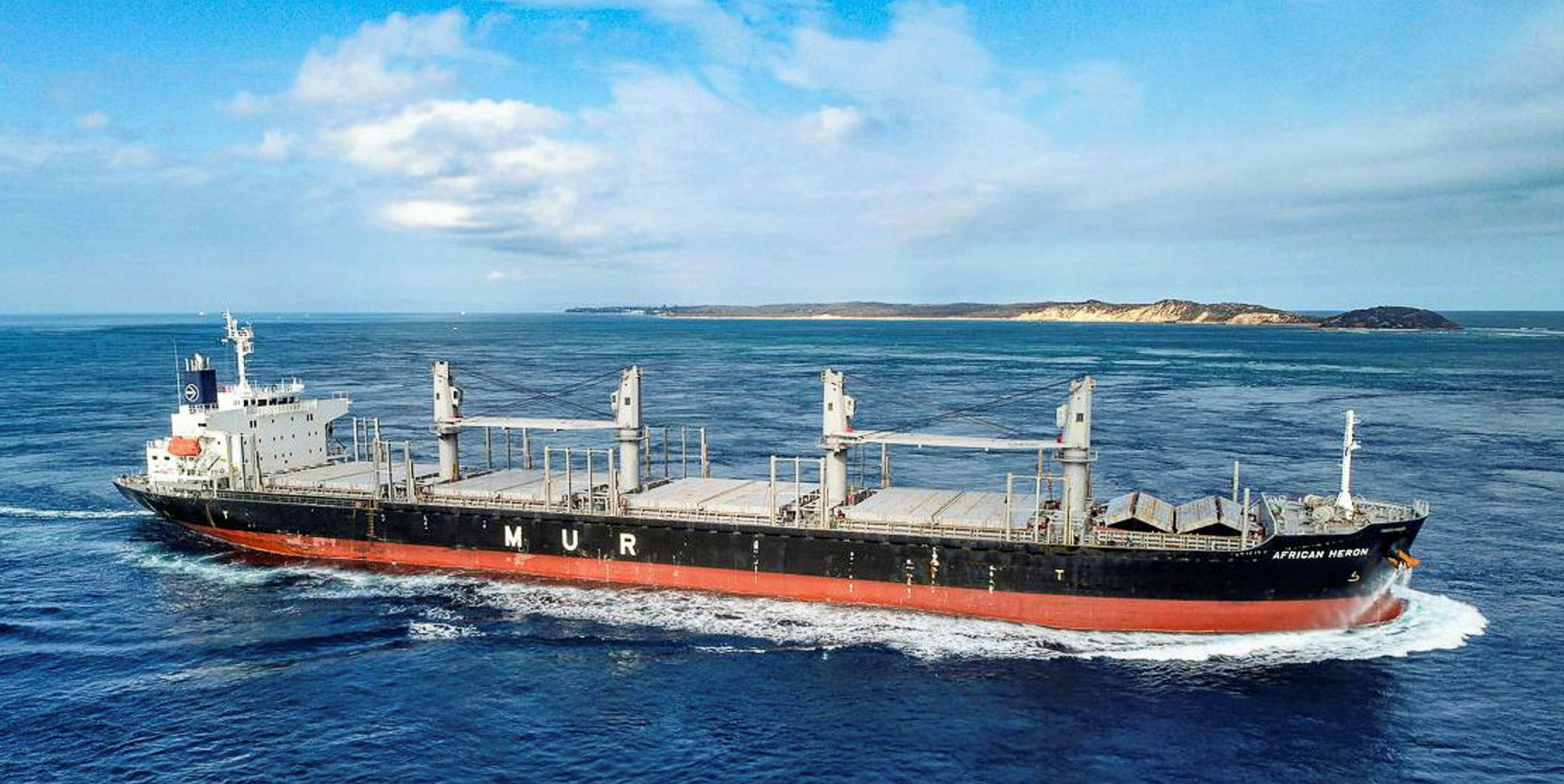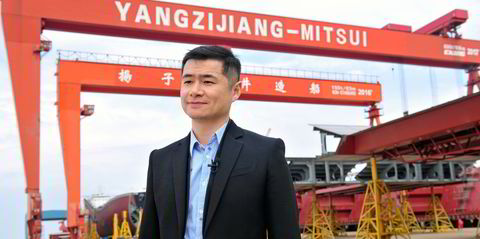Turbulence in the oil and shipping markets amid the coronavirus pandemic has boosted the liquidity of marine fuel derivatives, according to industry observers — with new 0.5%-sulphur contracts gradually emerging as a hedging tool.
Since the IMO lowered the global sulphur cap in marine fuel from 3.5% to 0.5% in January, derivatives players have been developing the contracts to align with physical trading.
Their efforts have been aided by strong market volatility due to the Covid-19 outbreak, inducing shipowners and trading houses to lock in fuel prices using paper instruments to mitigate financial risks.
Singapore interest
Data from major exchanges shows increasing liquidity for most of 2020, with contracts priced on a free-on-board basis in Singapore drawing the most interest.
The amount of 0.5%-sulphur contracts cleared on the Singapore Exchange (SGX) reached 179,800 tonnes between March and April, compared with just 18,600 tonnes between November and December last year.
“People are becoming more familiar and comfortable with the new contract, so we expect the 0.5% volumes to continue to increase across the rest of this year,” Freight Investor Services fuel oil and tanker derivatives trader Chris Hudson told TradeWinds.


The volume increase came as bunker prices fell to record lows, a development prompted by tumbling crude futures amid the oil demand collapse and an earlier price war among producers.
John Demopoulos, Argus Media vice president for North American refined products, said: “We are in a very low-price environment. That’s when end users start hedging.”
Gaining momentum
SSY Futures head of energy derivatives James Whistler said hedging requirements are also being driven by volatile freight rates and the regulatory fuel switch, saying the number of participants for SGX contracts has quadrupled to more than 40.
“The inevitable disruption of the pandemic followed quickly by the oil price war has brought to the fore the need to hedge fuel price risk,” Whistler said.
“This is particularly true due to the fact that we are in the early days of VLSFO [0.5%-sulphur fuel] and there remains much uncertainty about where a price stabilisation point may be.”
“This is made all the more problematic as the freight market itself experiences turbulence, with the fuel cost uncertainty demanding premiums.”
Aside from shipowners, major trading houses have remained important players in the paper market.
“Oil markets are volatile — hedging should probably be practised by everyone in them,” Adrian Tolson, director of consultancy BLUE Insight, said.
“There was and is always a case for a well-organised, low-risk hedging programme for bunker sellers and bunker buyers.”
The old bunker grade
On the other hand, the trading volume of 3.5%-sulphur fuel derivatives — widely used for bunker hedging pre-2020 — has been falling.
The Intercontinental Exchange recorded 106,677 lots between 2 January and 6 May compared with 280,706 lots in the same period last year.
“The general trend is and should be downwards,” Demopoulos said, adding that the decline was nonetheless much slower than expected.
Aside from vessels fitted with scrubbers, the 3.5%-sulphur fuel can still be consumed by refineries as feedstocks or used to generate electricity.
“HSFO [3.5%-sulphur fuel] papers have remained liquid and are still more liquid than 0.5%-sulphur. That’s partly because HSFO has become quite popular as refinery feedstocks,” Demopoulos said.









